
SRI SAI FORESTRY - Arabic Gum (Acacia Nilotica) Babool Tree seeds - Live Fencing Tree Seeds
4% Off
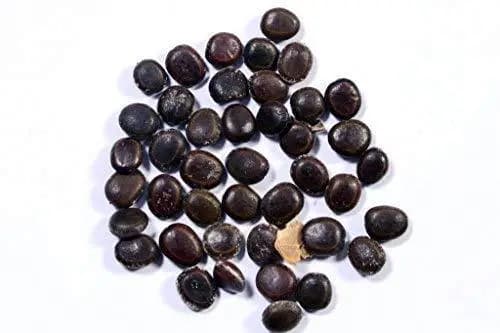




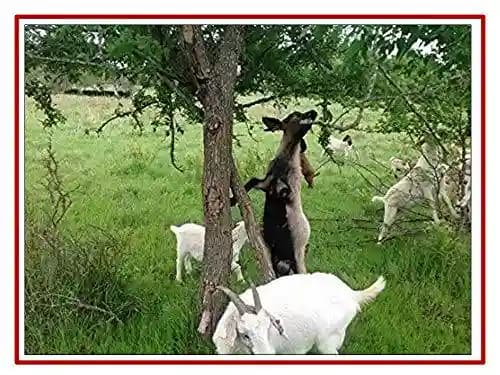
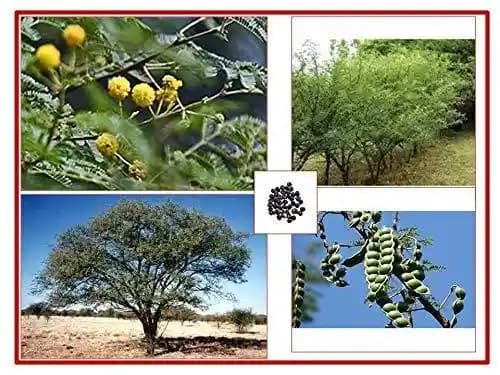
| Brand: | RK Nursery and Seeds |
| Product Code: | 2414 |
| Country of Origin: | India |
| Category: | Seeds |
| Sub Category: | Desi Seeds |
| Sub Sub Category: | Babul |

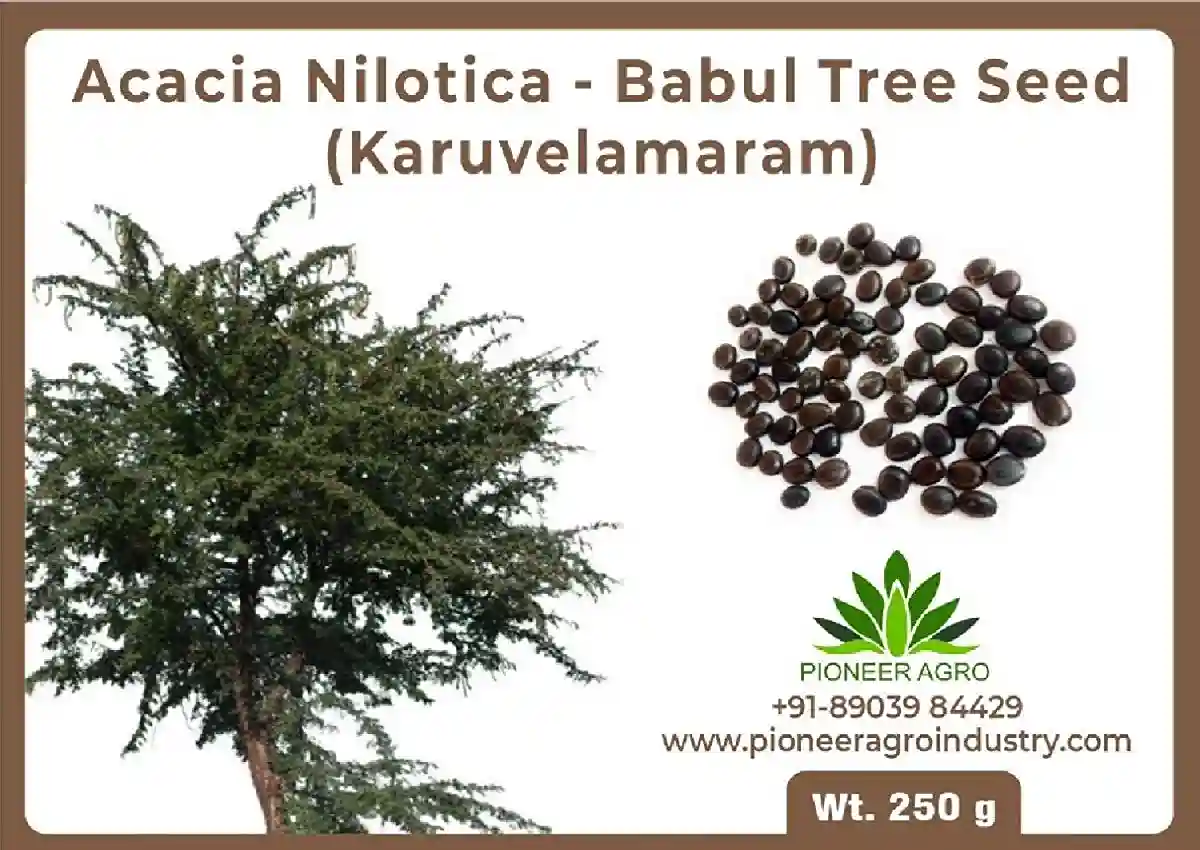




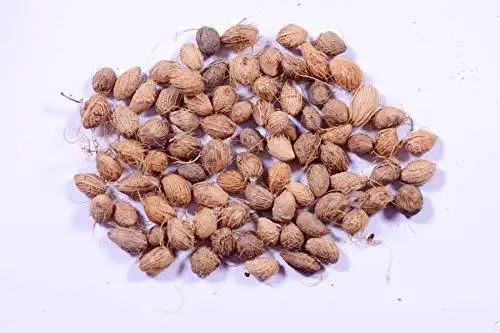



No reviews yet. Be the first to review this product!